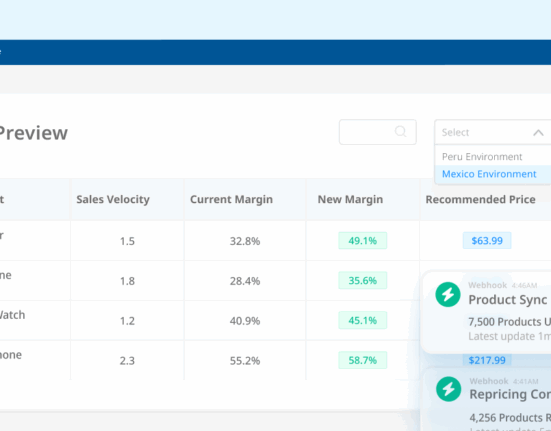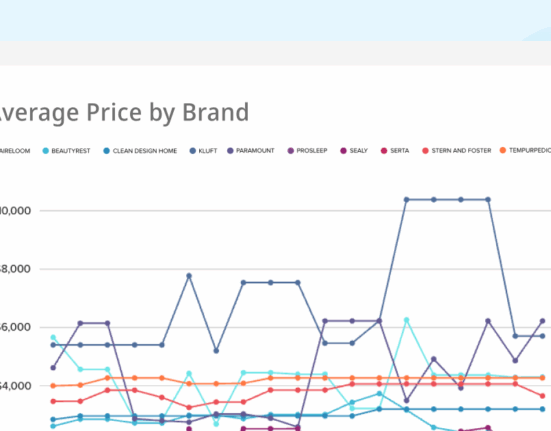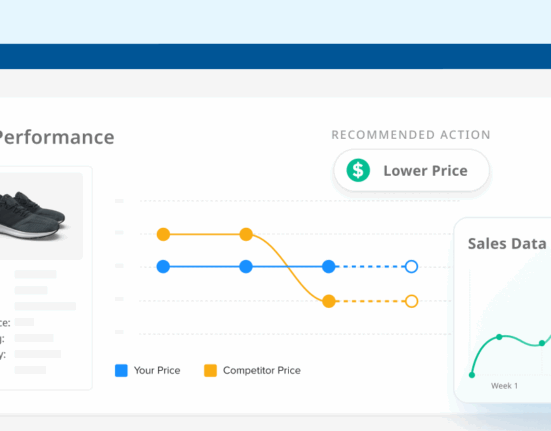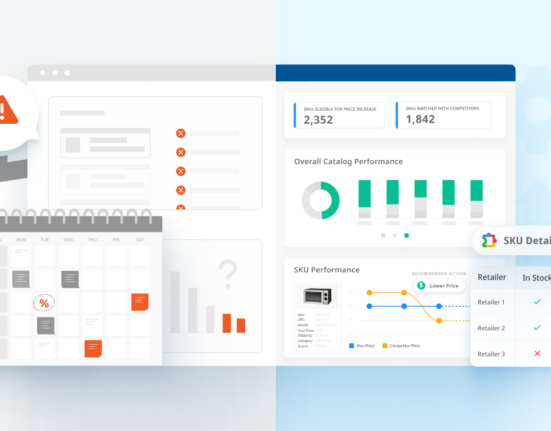If the phrase “everyday low pricing” (EDLP) rings a bell, you probably know that this is the pricing strategy that Walmart used to become a retail powerhouse. Amazon followed shortly thereafter and brought the EDLP strategy to eCommerce.
It’s easy for other retailers and even manufacturers to look at these success stories and want to understand how to make EDLP work for them. But it’s not as simple as just slashing prices to rock-bottom levels. It’s a complex decision that involves customer behavior, marketing, supply chain and inventory management, and other functional areas.
In this article, we’ll look at what EDLP is and how to tell if it makes sense for you.
What is Everyday Low Pricing?
Everyday low pricing is a pricing strategy in which brands and retailers promise consumers that their prices will be consistently low, as opposed to having sporadic discounts or promotions. Thus, as long as product costs stay the same, the low-priced goods will stay that way over a longer timeframe.
There are a lot of considerations a brand has to make before deciding if EDLP is the right strategy. But first, it helps to clarify what exactly it is relative to some other similar pricing strategies.
Everyday low pricing is a pricing strategy in which brands and retailers promise consumers that their prices will be consistently low, as opposed to having sporadic discounts or promotions.
Everyday Low Pricing vs High-Low Pricing
High-Low Pricing is a strategy where a brand starts with a high price and later decreases it via promotions, clearance, or markdowns. Starting high allows you to create the perception of a bargain when discounts are applied. It’s a way to drive foot traffic and potentially use the excitement of a sale to cross-sell other items.
The contrast to everyday low pricing is obvious. Where everyday low pricing is constant, there is a method and strategy behind the dynamic nature of High-Low Pricing. Determining which strategy makes the most sense for you requires an understanding of your brand, your products, and your product category.
It’s worth pointing out that it’s not an all-or-nothing decision. Some brands and retailers choose to take a hybrid approach, where some products have EDLP and others have dynamic pricing.

How to Decide if an Everyday Low Pricing Strategy is Right for You
So how can you decide if everyday low pricing makes sense? Here are a few signs.
You Have High Brand Penetration
A 2018 study from Nielsen revealed that the brands that have the most success with everyday low pricing have a high level of brand penetration with little room for growth. Additionally, the maturity of your product category is also a factor. These products tend to need much less marketing support as there is little room for growth.
Less mature products usually require more marketing investment to fuel growth and market penetration, which makes them a poor candidate for EDLP.
Your Products Do Not Follow Expandable Purchasing Patterns
Nielsen’s research also makes a distinction between products that have expandable consumption and expandable purchasing. Products like soap and toilet paper have limited expandable consumption. You don’t wash your hands more often because the soap was on sale! Something like bread, on the other hand, has high expandable consumption. You buy more of it when the price is low and consume more of it because it doesn’t have an indefinite shelf life.
Bread, however, has a low expandable purchasing pattern. You can only buy so much of it because it does expire. Soap has a high expandable purchasing pattern because it can be stored for a long time without expiring.
EDLP works best for products that lend themselves to low expandable consumption patterns, but high expandable purchasing patterns. Products that have high expandable consumption, which tends to make consumers stock up, would benefit more from high-low pricing.
Your Brand is Based On Low Prices
One of the major concerns any retailer or brand should have when pursuing an EDLP strategy is the risk of being perceived as low quality. If you are competing in your market solely on being a low-price provider, this might not be a problem. But if you do not want your brand to be associated with lower quality, you may want to consider another pricing strategy.
When You Truly Have the Lowest Prices
In late 2012, J.C. Penney rolled out its everyday low pricing strategy. This was a departure from its dynamic pricing strategy that its customers were used to. Markdowns, discounts, and promotions were replaced by a series of “tiers” that items would be priced into.
The strategy ultimately didn’t succeed for two reasons. The first was because J.C. Penney was unable to react to the competition lowering its prices in response. They may have lacked the pricing intelligence needed to understand real-time market conditions.
The lack of price intelligence led to another critical issue. J.C. Penney didn’t actually have the lowest prices for its items. Walmart and Amazon clearly beat them, especially since J.C. Penney’s product lines weren’t differentiated enough.
If you are considering an EDLP strategy, be sure to make use of a price intelligence tool that will ensure your prices actually are the lowest possible.









